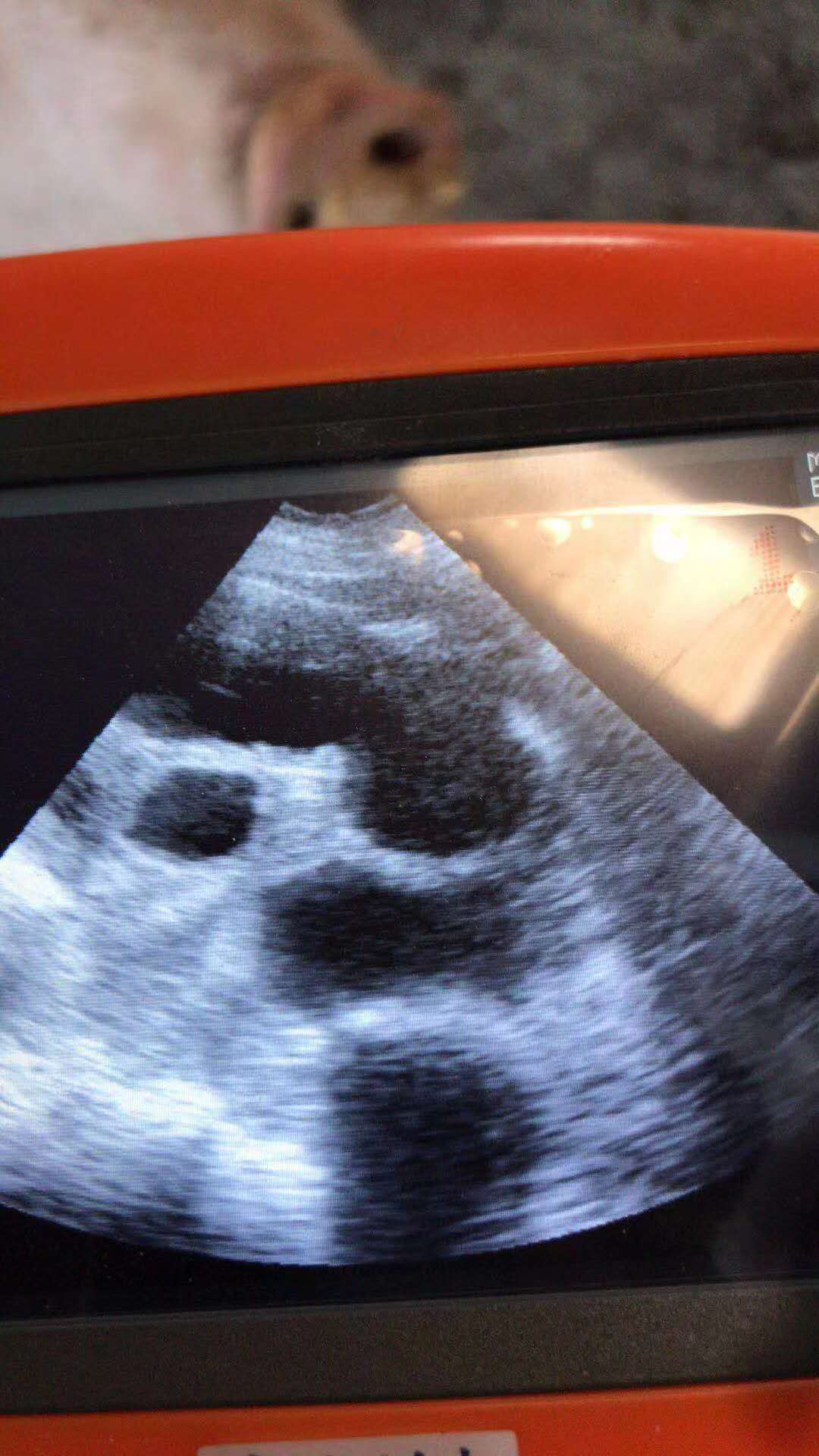With the continuous improvement of technology, veterinary ultrasound has changed from traditional processors to NiosⅡ processors. NiosⅡ processor is a SC structure that uses multi-stage pipeline technology. Most instructions can be completed within one clock cycle. When there is enough space on the chip, designers can easily add multiple NiosⅡ processors to the design, thereby improving the processing power of the system. NiosⅡ is a soft core. As long as there is enough space on the chip, the CPU can be continuously upgraded without modifying the overall circuit structure. In summary, NiosⅡ has the following advantages:

(1) Complete development tool suite;
(2) Flexibility and scalability:
(3) Short development cycle: Utilize ready-made IP cores and parallel design of software and hardware;
(4) Fast upgrade and never outdated: Software and hardware are designed separately, and the system configuration can be changed at any time as requirements increase;
(5) Low cost, good performance, and small size: Only occupies FPGA internal resources, reducing the difficulty of PCB design and increasing reliability.
Traditional embedded systems based on Veterinary ultrasound microprocessors usually have the following disadvantages:
(1) Difficulty in design. The serial instruction execution method limits the working speed of the veterinary B-ultrasound system and cannot meet the increasing data processing needs. Although the parallel coordination of multiple processors can improve this situation, the parallel work of multiple processors will make PCB design and software development extremely complicated.
(2) Difficulty in upgrading. Veterinary B-ultrasound embedded systems are generally designed and developed for specific fields at a specific time. Once an upgrade is required, especially when it involves upgrading the microprocessor, both the software and the hardware must be completely redesigned.
(3) Long development cycle. The development of veterinary B-ultrasound software must wait until the hardware development reaches a certain stage before it can be carried out, and the program developed according to specific hardware has poor portability, which leads to an increase in repetitive work in software writing.








